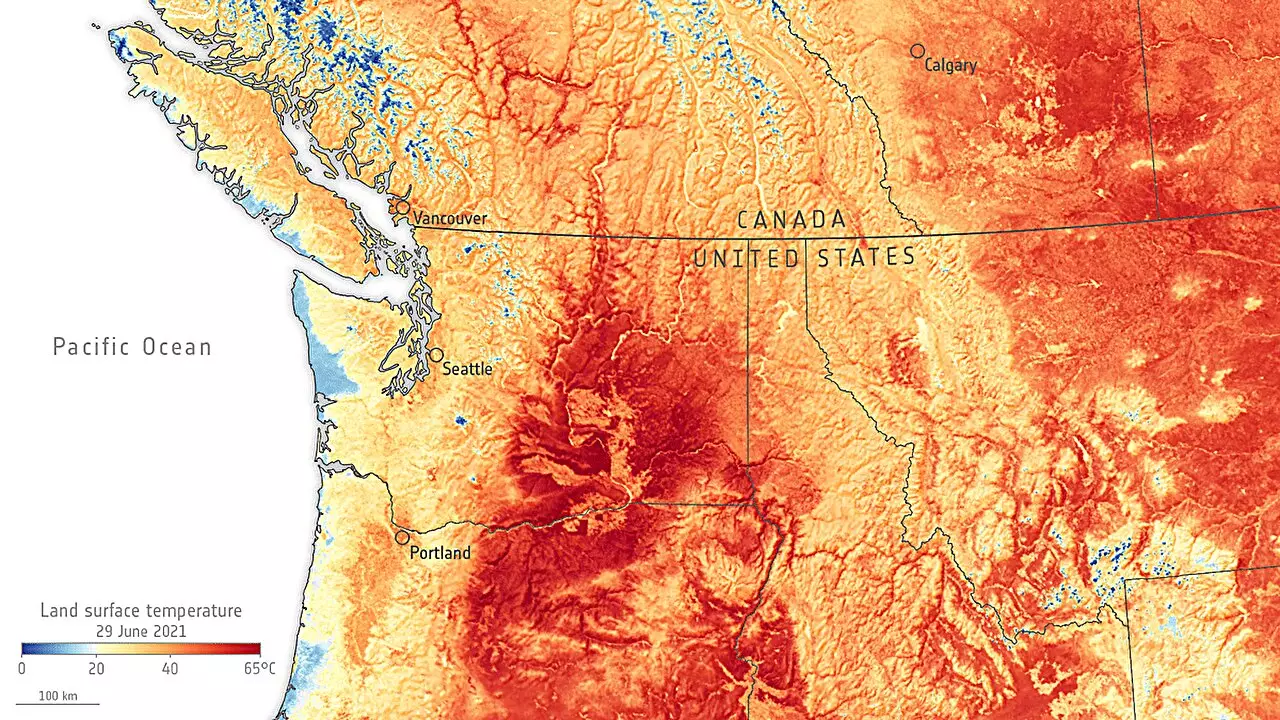Weather forecasting has always been a complex science, fraught with uncertainties stemming from minute variations in atmospheric and surface conditions. Traditional forecasts can extend up to only 10 days ahead, a timeline that poses immense challenges for communities facing catastrophic weather events. Historical incidents, such as the devastating heat wave in the Pacific Northwest during June 2021, underscore the need for more extended forecasting capabilities. This heat wave was a wake-up call, leading to infrastructure failures, agricultural losses, and tragic fatalities. Such events demonstrate that there is a compelling need for enhanced predictive methodologies that can provide longer lead times, allowing communities to prepare more effectively.
Meteorologists have relied heavily on adjoint models to navigate the complexities of weather prediction. These models allow for an understanding of how small discrepancies in initial atmospheric conditions can propagate into larger forecasting errors. By manipulating variables like temperature and humidity, meteorologists can identify a set of initial conditions that yield the most accurate short-term forecasts. However, a significant drawback of adjoint models arises from their resource-intensive nature; they demand considerable financial and computational investments. Furthermore, they are limited to predicting weather accurately only within a five-day window, thereby hampering long-term forecasting efforts.
To explore more effective solutions for weather prediction, researchers have turned their attention to deep learning. By leveraging advanced machine learning techniques, they sought to identify ideal initial conditions that would enhance the reliability of 10-day forecasts. This fresh approach was instrumental in forecasting the extreme heat wave experienced in the Pacific Northwest. The study employed the GraphCast model from Google DeepMind and the Pangu-Weather model developed by Huawei Cloud, introducing a new layer of adaptability and precision in weather forecasting.
Empirical Findings and Implications
Recent findings, published in the “Geophysical Research Letters,” illuminate the considerable potential of deep learning in weather prediction. The research revealed that the implementation of deep learning methodologies resulted in a staggering 94% reduction in forecasting errors for the GraphCast model when looking to predict the June 2021 heat wave. Remarkably, this accuracy was mirrored in the Pangu-Weather model as well. More importantly, this innovative approach indicates that effective predictions can be made as far as 23 days in advance, a significant leap in capability that could profoundly influence how communities prepare for unpredictable weather phenomena.
The integration of deep learning in meteorology not only holds promise for enhancing the accuracy of weather forecasts, but it also provides critical insights into the underlying complexities of atmospheric science. As researchers continue to refine these models, we can expect a transformative impact on how we understand and prepare for weather-related disasters. If this trend continues, the seemingly unpredictable nature of weather may become much more navigable, offering a new horizon in our quest to forecast the future.


Leave a Reply